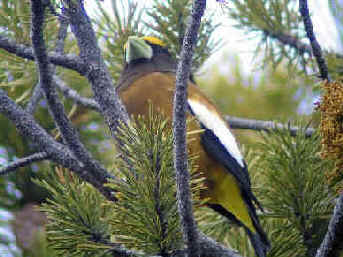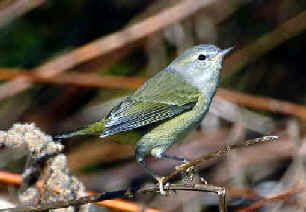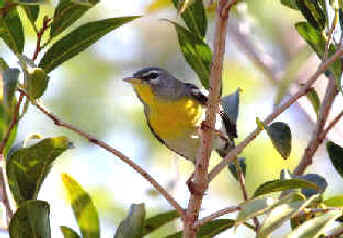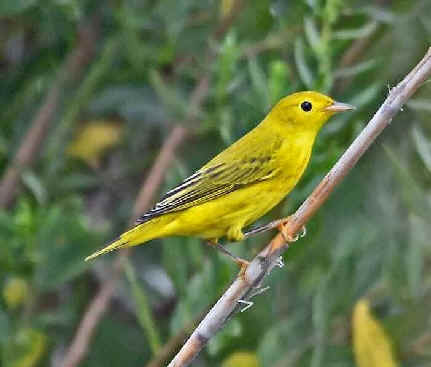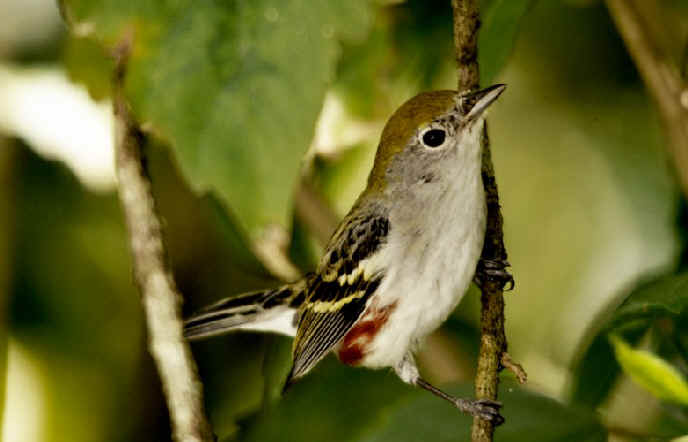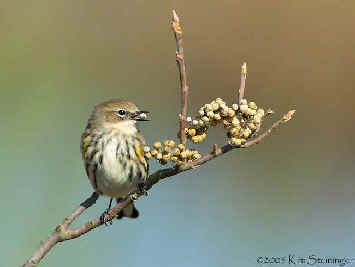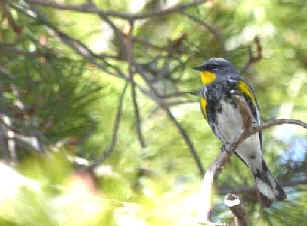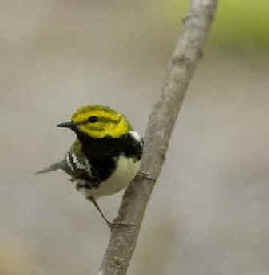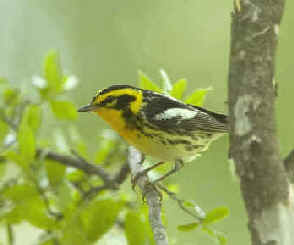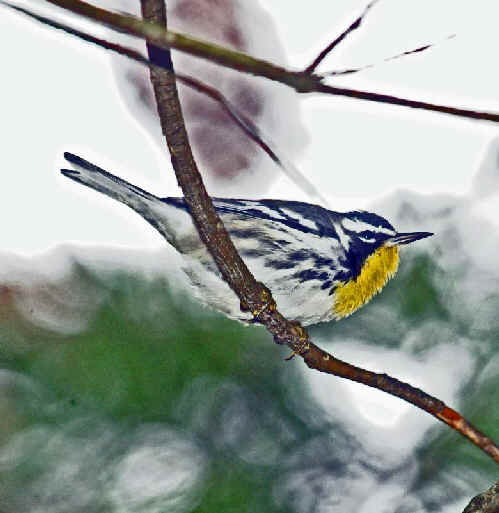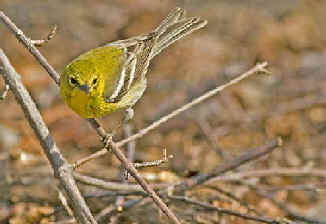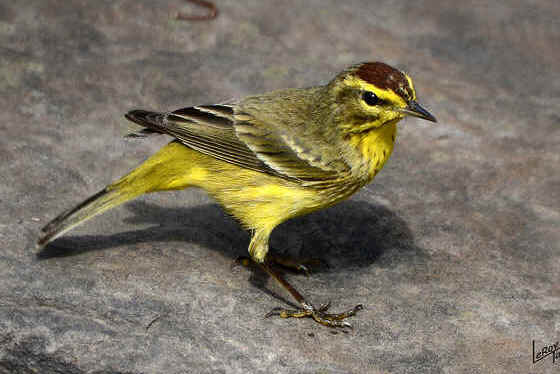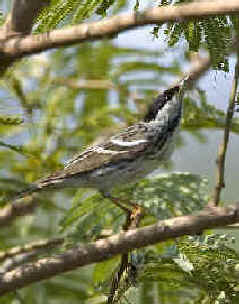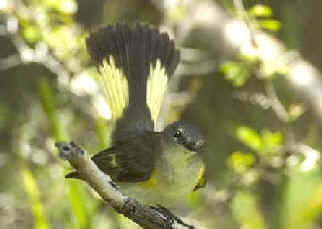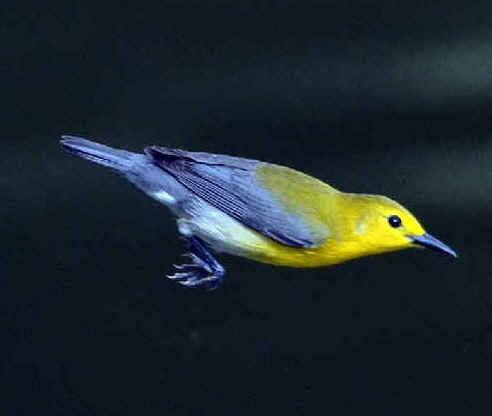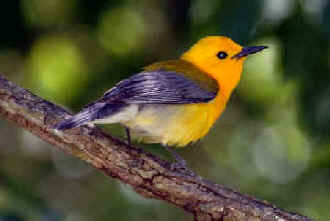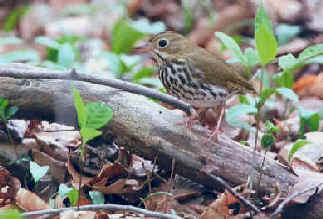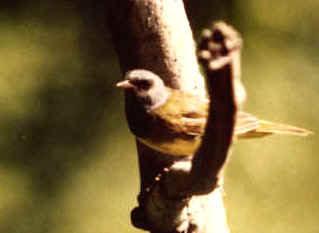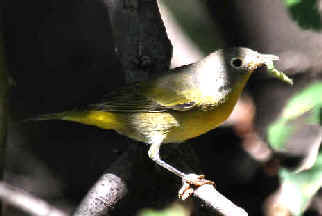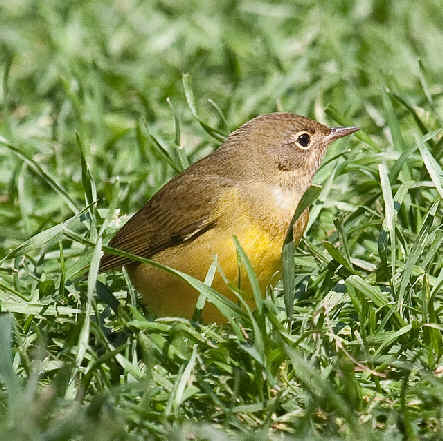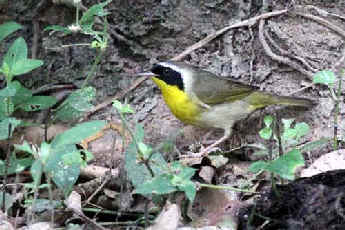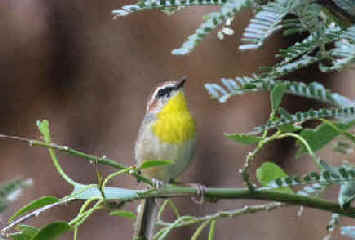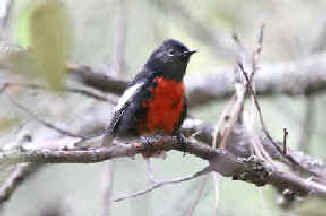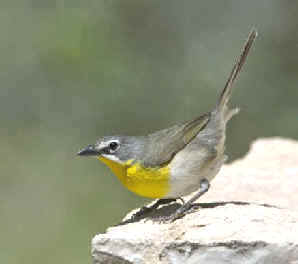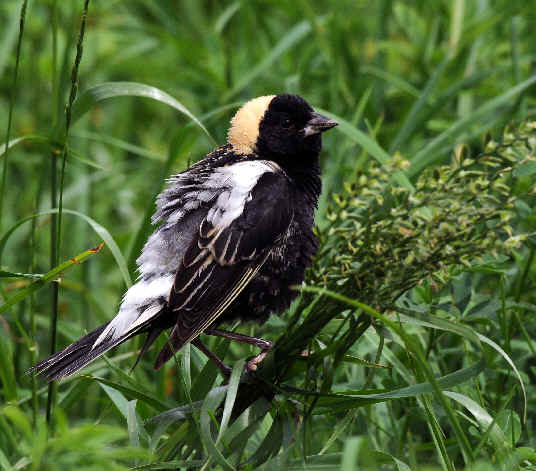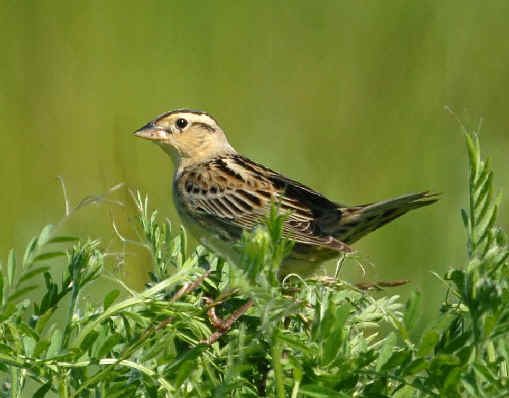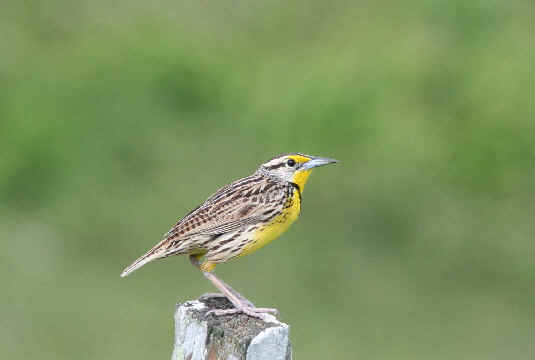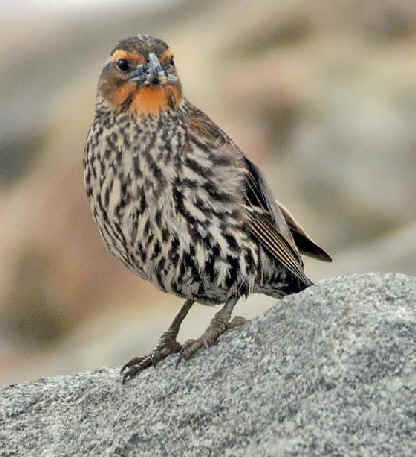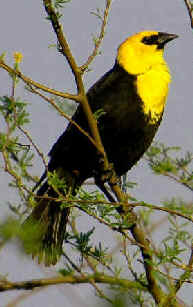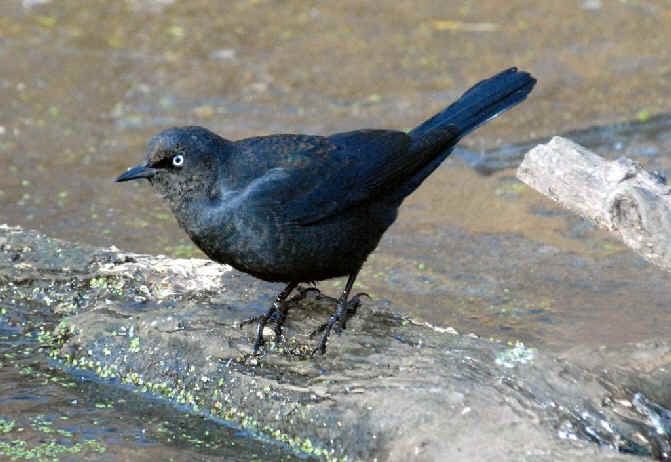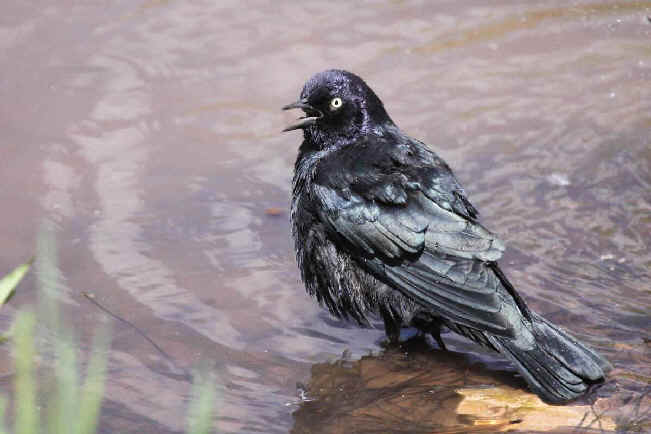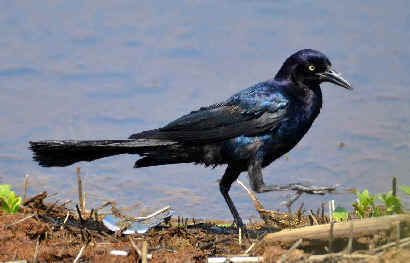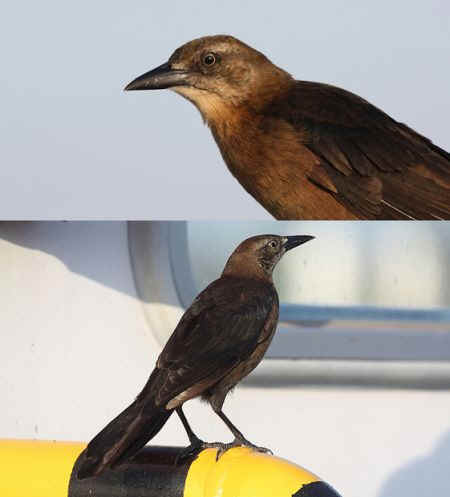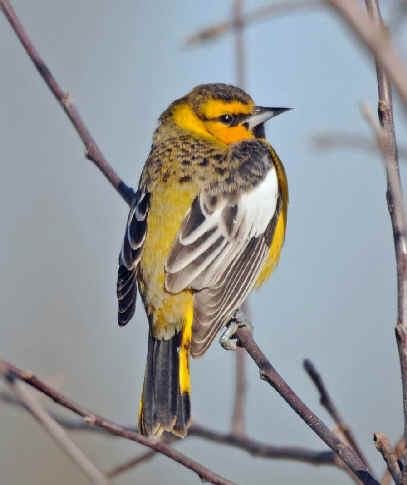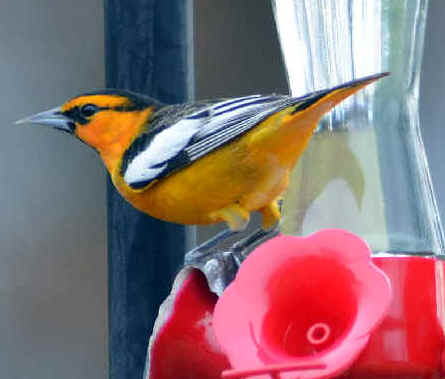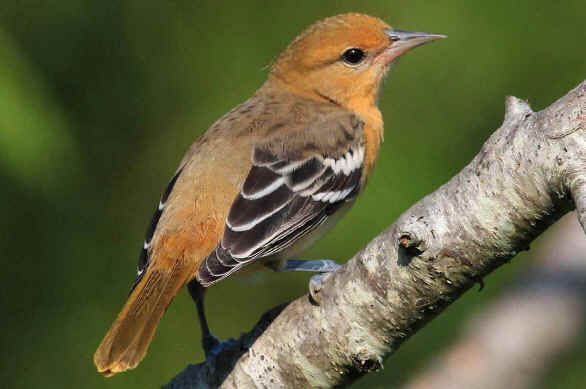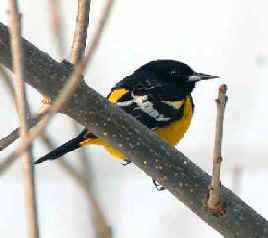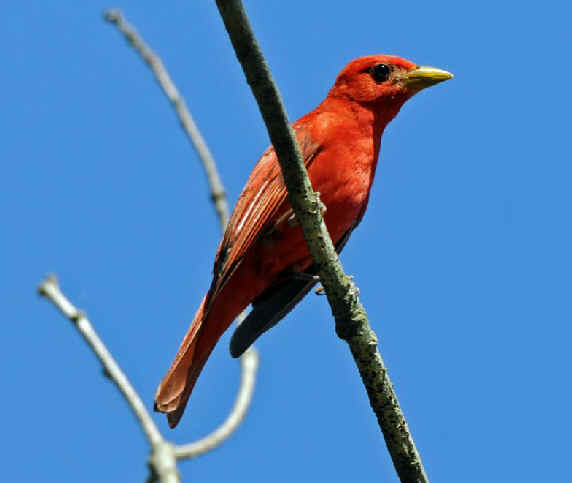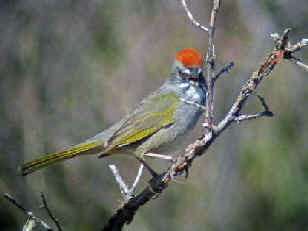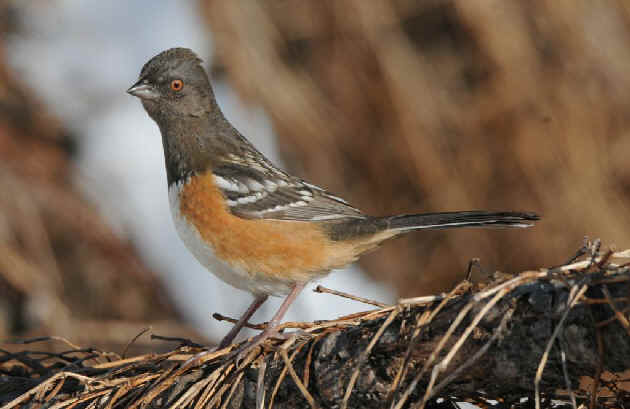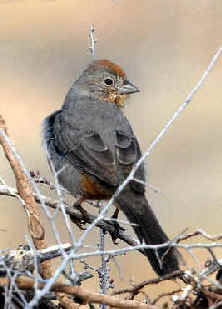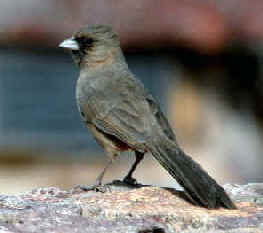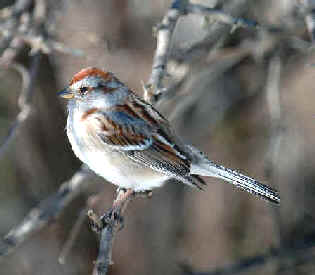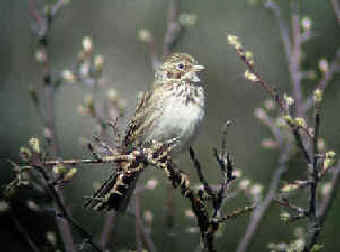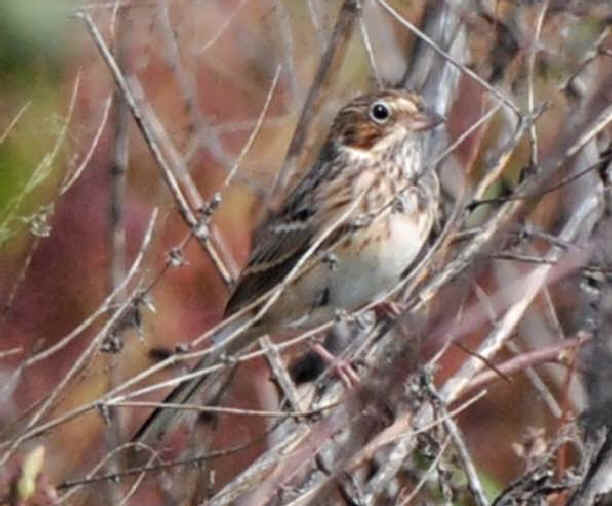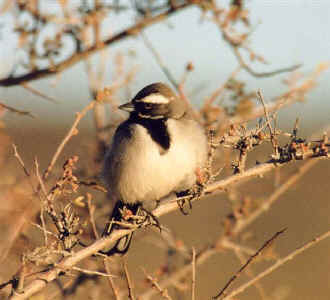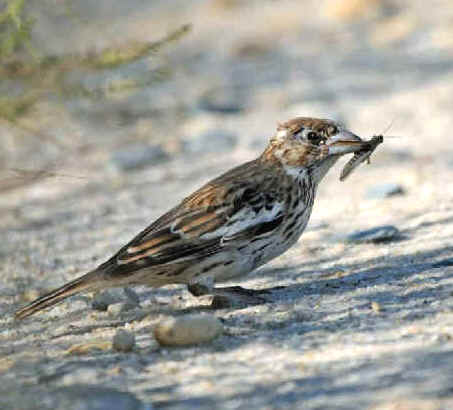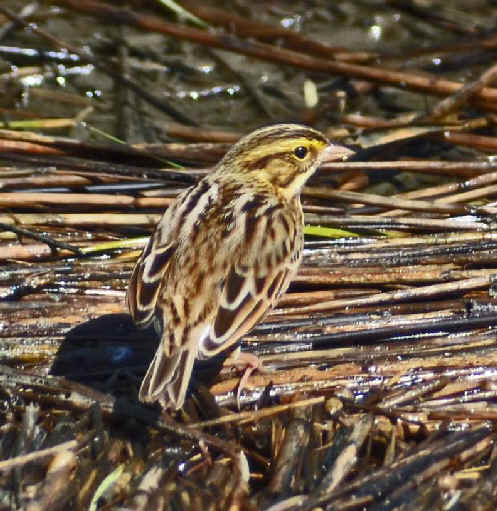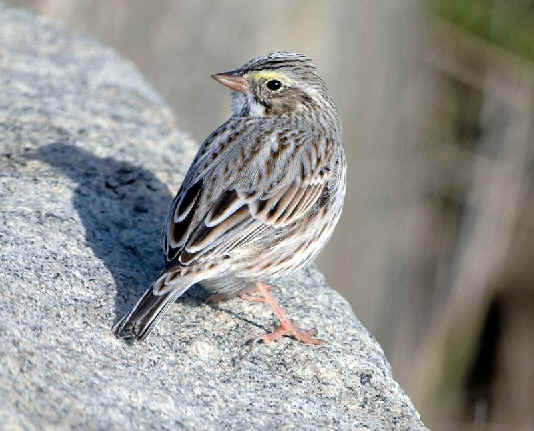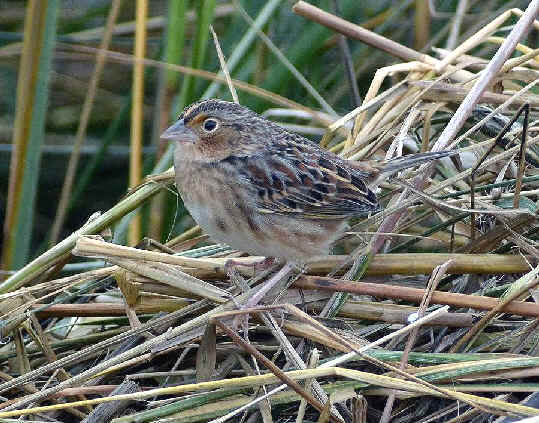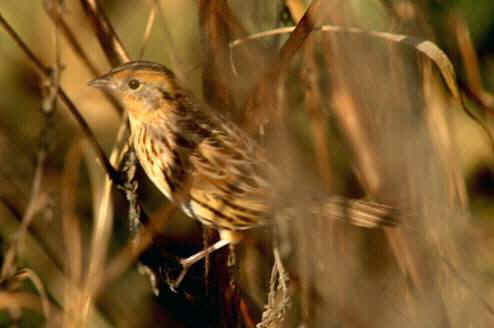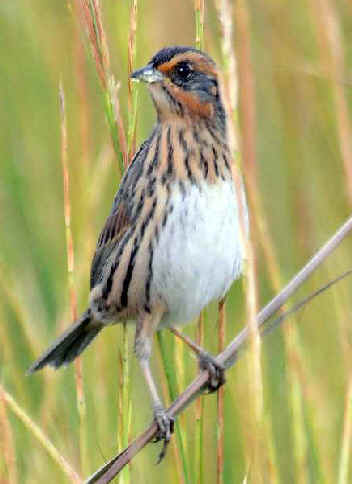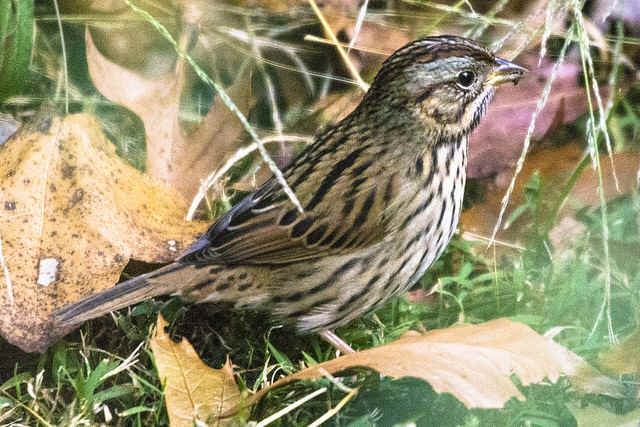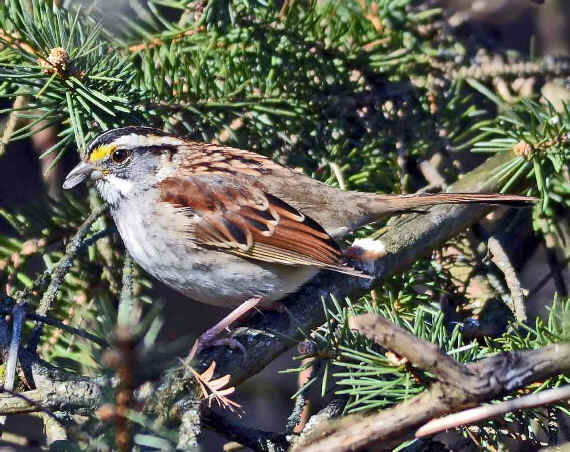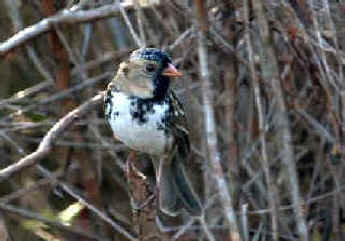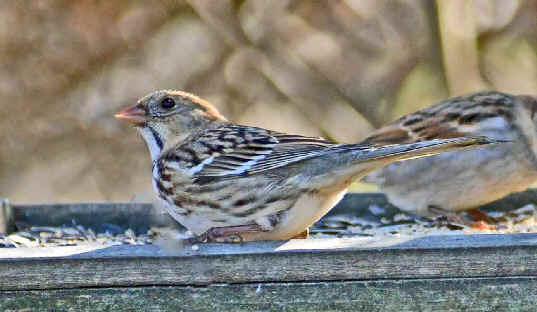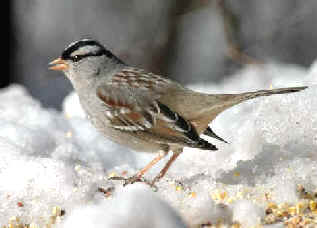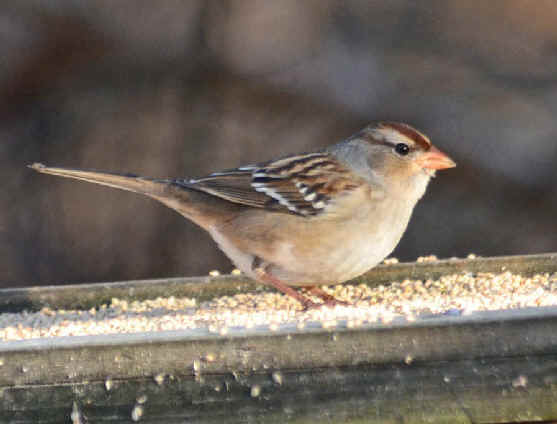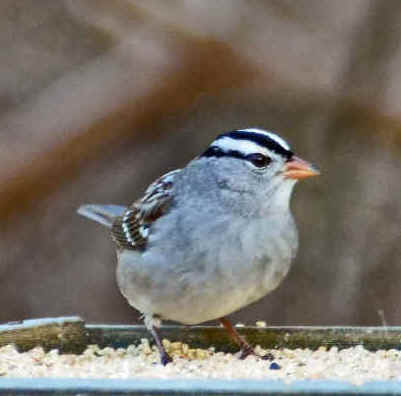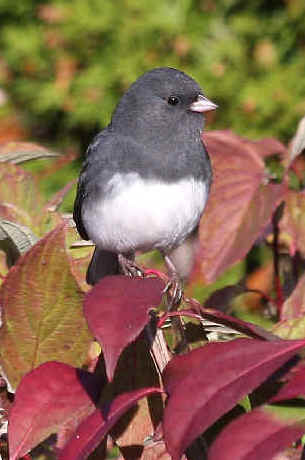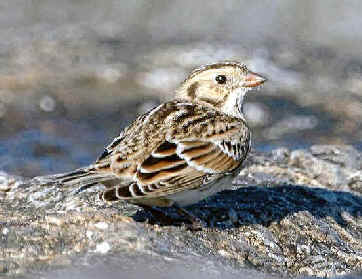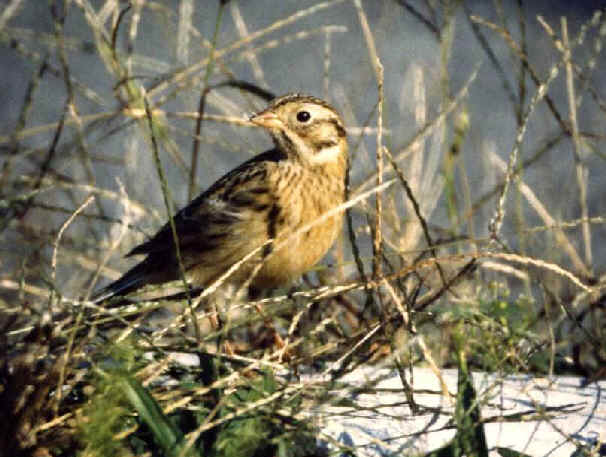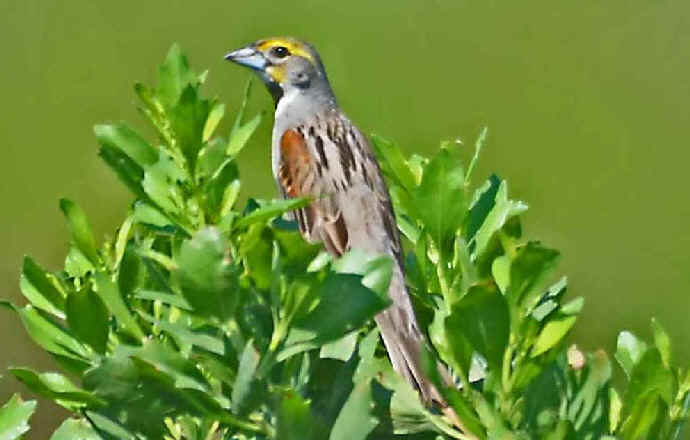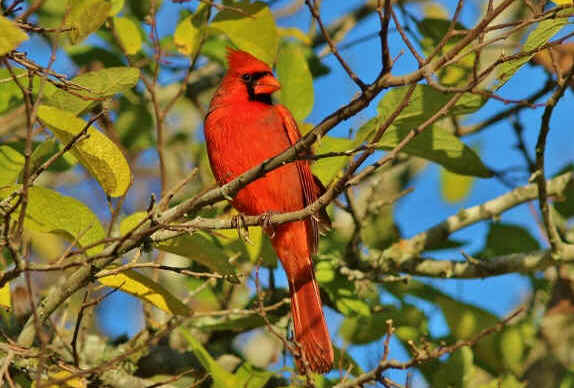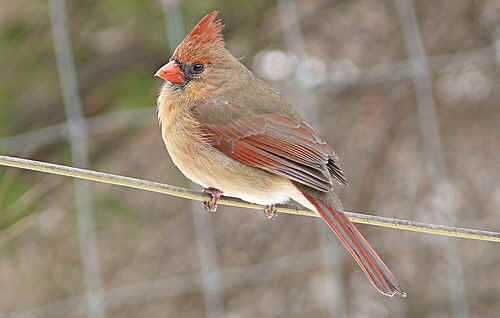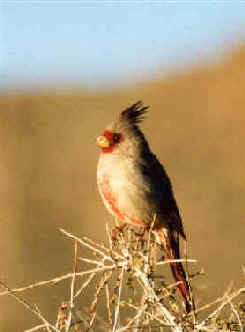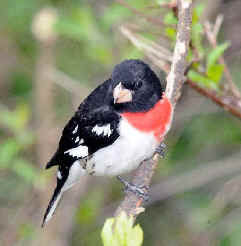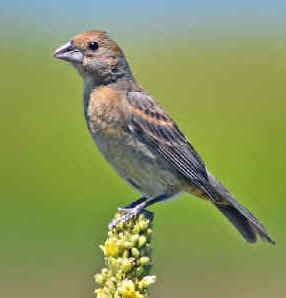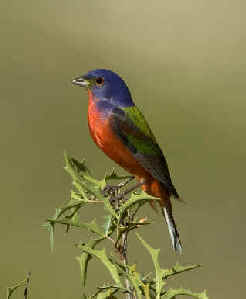
E-mail: font@focusonnature.com
Phone: Toll-free in USA 1-888-721-3555
or 302/529-1876
 |
PO
Box 9021, Wilmington, DE 19809, USA E-mail: font@focusonnature.com Phone: Toll-free in USA 1-888-721-3555 or 302/529-1876 |
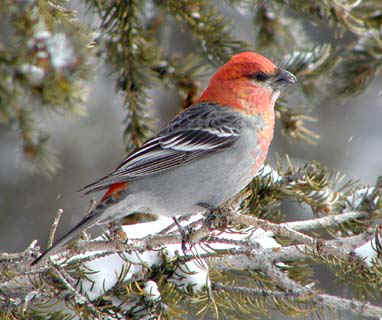
The
Birds
of
North America
Olive Warbler to Buntings
Part 6 of a List
and
Photo Gallery of
North American Birds
compiled by Armas Hill
Noting those found during Focus On Nature Tours in Alaska, Arizona,
British Columbia, California, Colorado, Delaware, Florida, Iowa, Kansas, North
Carolina, Nebraska, Newfoundland, New Jersey, New Mexico, Oklahoma, Texas, &
Washington State, including offshore pelagic trips
Birds found during FONT tours & pelagic trips have an (*).
PHOTO AT UPPER RIGHT: a male PINE GROSBEAK
(photographed during a FONT tour in Colorado)
Other photos of Pine Grosbeaks are in the list that follows.
CODES:
In the list that follows, birds found during FONT tours are noted, indicating the US state or Canadian
province & the months when found.
(The codes below relate to the United States unless indicated otherwise.)
AK: Alaska
AZ: Arizona
BC: British Columbia, Canada (until
2001, during our West Coast Tours in September)
CA:
California
(during our September West Coast Tours)
CO:
Colorado
DE:
Delaware (including
offshore pelagic trips from DE and Delmarva land-birding and nature tours)
FL: Florida
IA: Iowa
(with our Nebraska Tours in March)
KS: Kansas (with our Colorado Tours in April)
MD: Maryland
(Delmarva tours)
NC: North
Carolina (including
offshore pelagic trips and spring & summer land-birding tours)
NE:
Nebraska (tours
in March & with our Colorado tours in April)
NF:
Newfoundland, Canada
NM: New Mexico
(with our West Texas Tours in the spring & our Arizona Tours in the
late-summer)
OK: Oklahoma
(with our Colorado Tours in April)
TX: Texas
VA: Virginia
(Delmarva tours and in conjunction with
the NC Tour in the
spring)
WA: Washington
State
(during
our September West Coast Tours)
WY: Wyoming
(with our Colorado Tours in April)
During FONT pelagic trips:
DEP:
offshore from Delaware
CAP: offshore from California
NCP: offshore from North Carolina
NJP: offshore from New Jersey
WAP: offshore from Washington State
The months when the birds have been found are
with the above codes.
(ac):
north of the Arctic Circle
(DT): in the area of the Dry Tortugas
islands in Florida
(PI): at the Pribilof Islands in
Alaska
(USe):
endemic
to the USA
(USqe): quasi (or nearly) endemic to the USA
(USeb): endemic-breeder in USA
(USneb): near-endemic breeder in the USA
(NAi): species introduced into North America
(NAri): re-introduced species
(r/NA) rare in North America
(r/US): rare in the USA
(t): a globally threatened or rare species, designated by Birdlife International
(t1): critical (t2): endangered (t3): vulnerable
(nt): a near-threatened species globally
(ph): species with a photo in the FONT web-site
Links to Bird Groupings in this part of this List:
Finches
New World Warblers Blackbirds
& Orioles Tanagers
Towhees & Sparrows Cardinals, Grosbeaks, Allies
Links to Other Parts of this North American
Bird List:
Part #1: Grouse to Anhinga Part #2: Condor to Shorebirds Part #3: Jaegers to Cuckoos
Part #4: Owls to Flycatchers
Part #5: Shrikes to Pipits
Links to lists of Birds of:
Alaska
Arizona California
Colorado Delaware,
Maryland, Virginia (Delmarva Peninsula)
North
Carolina Texas
Washington State
Links to Lists & Photo Galleries of Other Nature, including North American:
Mammals
Butterflies, Dragonflies
Amphibians,
Reptiles Marine Life,
incl. Fish, Crustaceans
Links to Information about Upcoming FONT Birding & Nature Tours:
in North America or by month in: 2015 2016 or: by geographic location worldwide
Other
Links:
Directory
of Photos in this Website
A Photo Gallery of Birds Rare in North America
List of Birds:
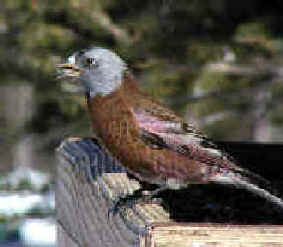

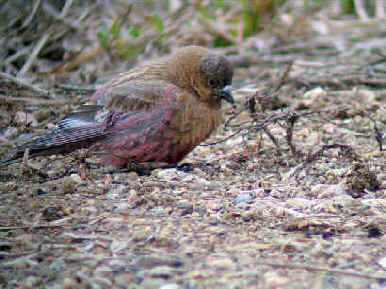
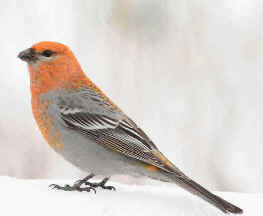
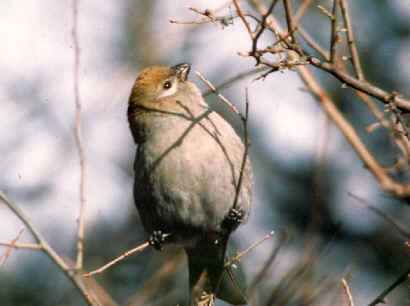
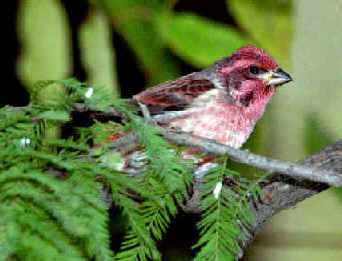
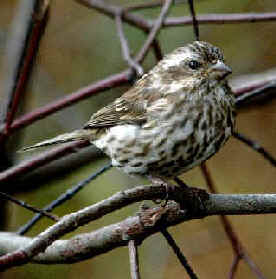

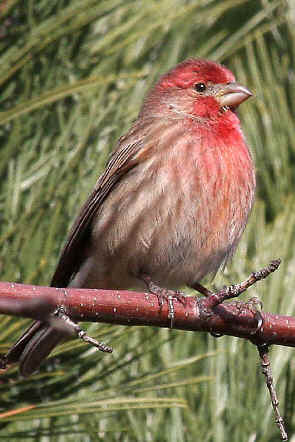
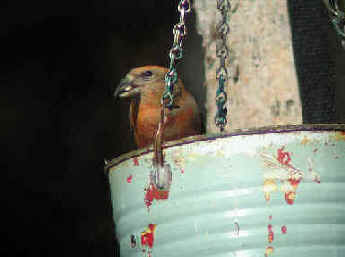
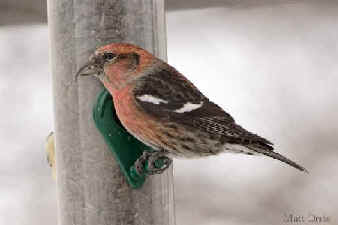
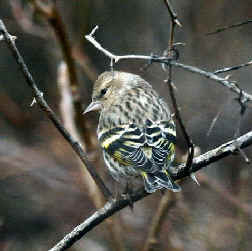
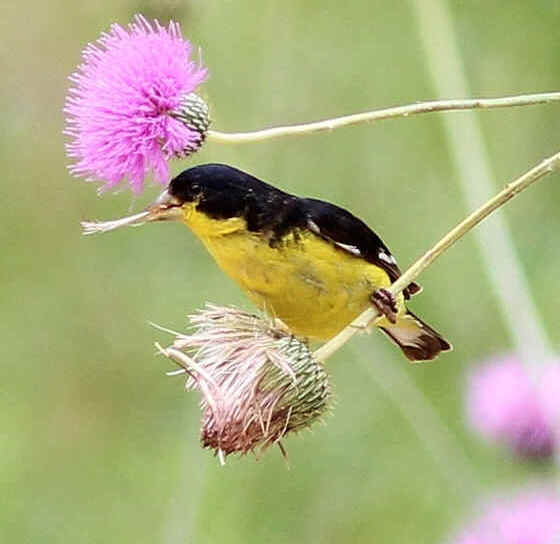
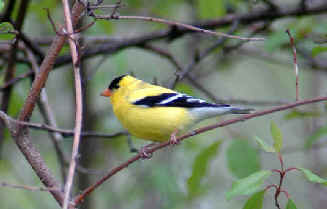
 .
.